Bulb Plants Are Not Flowering: Reasons Bulbs Won’t Bloom


Tulips and daffodils are the first signs of spring, eagerly anticipated after a long, cold winter. It’s a tremendous disappointment when, inexplicably, bulbs are not blooming. There are many possible reasons why your bulb plants are not flowering. Let’s do some investigating.
Reasons for No Blooms on Flowering Bulbs
Sunlight: Are your bulbs planted under the shade of a tall tree, or is something else blocking sunlight? Flowering bulbs need at least six hours of bright sunlight per day.
Poorly drained soil: Bulbs need regular moisture, but they won’t tolerate soggy soil. If you think this may be the reason why bulbs won’t bloom, dig up a couple and see if they have rotted. You may need to move your bulbs to a better location.
Poor quality bulbs: It doesn’t always pay to buy the cheapest bulbs, as they may produce small or scant blooms. Sometimes, poor quality bulbs don’t bloom at all.
Foliage was removed too soon: It’s tempting to remove foliage after flowering bulbs have bloomed, but green foliage absorbs sunlight that is converted into energy. Without the foliage, bulbs may not bloom the following year. It’s safe to remove the stems, but don’t remove the leaves until they turn yellow.
Fertilizer problems: Bulbs generally don’t require fertilizer unless the soil is very poor. If this is the case, it may help to feed them a 5-10-10 fertilizer as soon as foliage emerges, and again after the bulbs bloom. A high-nitrogen fertilizer may also be to blame when bulbs won’t bloom, as it may produce lush foliage but not flowers. For this reason, you shouldn’t feed your bulbs with lawn food, which is often high in nitrogen. Bone meal, however, works well at planting time.
Overcrowding: If bulbs have been planted in the same place for several years, they may be overcrowded. To resolve this issue, just dig the bulbs and divide them and plant some of them elsewhere. This can be done after the foliage turns yellow and dies down in late spring.
Gardening tips, videos, info and more delivered right to your inbox!
Sign up for the Gardening Know How newsletter today and receive a free copy of our e-book "How to Grow Delicious Tomatoes".
New bulbs: Sometimes bulbs don’t bloom the first year. This is normal and doesn’t indicate any particular problem.
Disease: Bulbs aren’t generally susceptible to disease, but it’s possible a virus may be to blame when bulb plants are not flowering. Viral diseases are usually easy to identify by mottled or streaky foliage. If you determine your bulbs have a virus, dig up all affected bulbs and dispose of them so the virus isn’t transmitted to healthy bulbs.

A Credentialed Garden Writer, Mary H. Dyer was with Gardening Know How in the very beginning, publishing articles as early as 2007.
-
 Grow ‘Karl Rosenfield’ Peony Plants For The Ultimate Frilly Border Beauties And Cut Flowers
Grow ‘Karl Rosenfield’ Peony Plants For The Ultimate Frilly Border Beauties And Cut FlowersFor frilly double magenta peony petals infused with a heady fragrance, grow ‘Karl Rosenfield’ peony plants. Here’s how to cultivate the ultimate plushy blooms
By Tonya Barnett
-
 10 Common Composting Problems That Can Spoil Your Garden Gold – Plus Easy Fixes
10 Common Composting Problems That Can Spoil Your Garden Gold – Plus Easy FixesLearn how to troubleshoot common composting issues before they ruin your stash – from bad smells and bugs to materials not breaking down as they should.
By Susan Albert
-
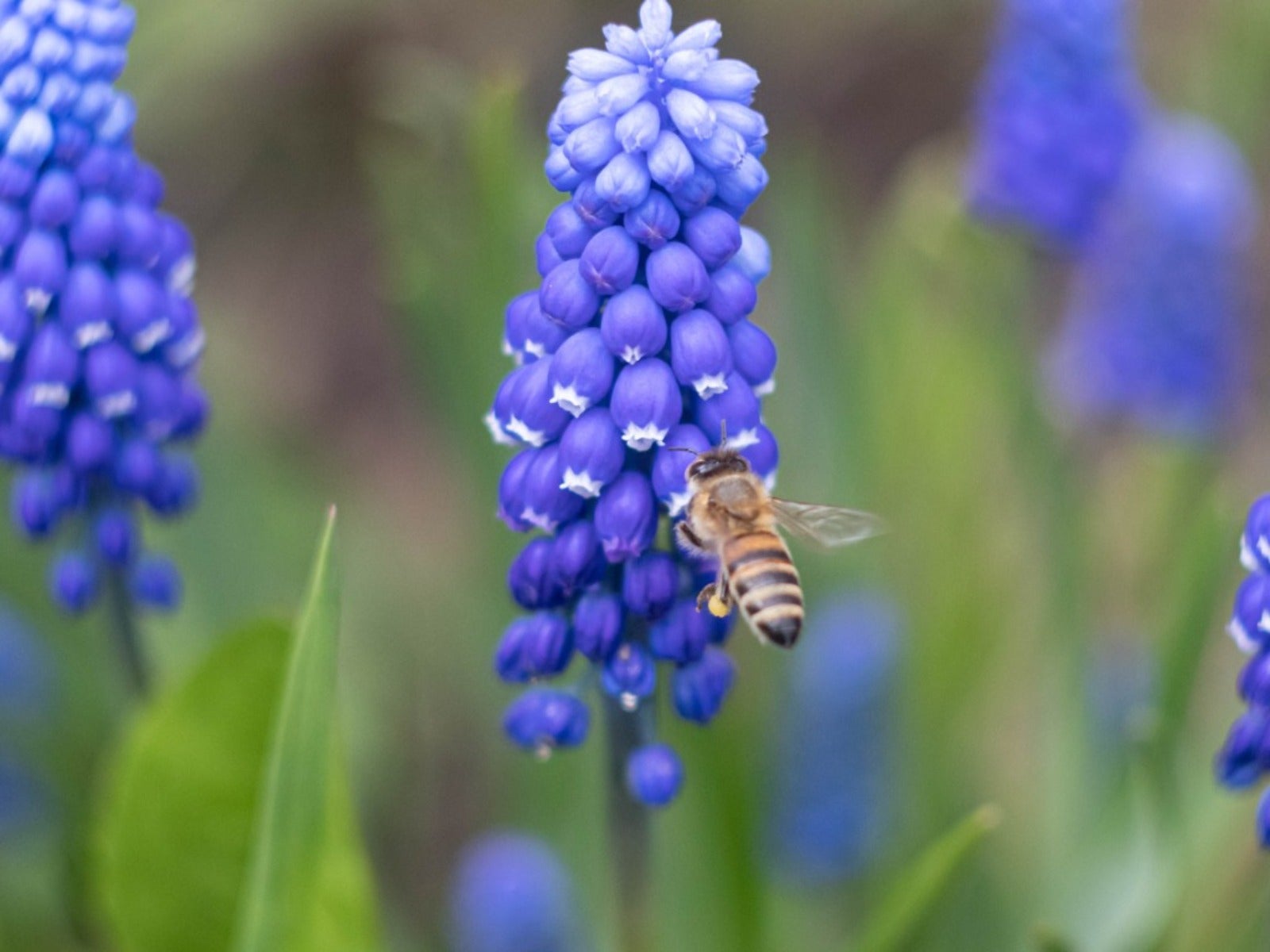 Pretty Spring Bulbs For Pollinators
Pretty Spring Bulbs For PollinatorsWhat are the best flowering bulbs for pollinators in spring? Click here to find out.
By Mary Ellen Ellis
-
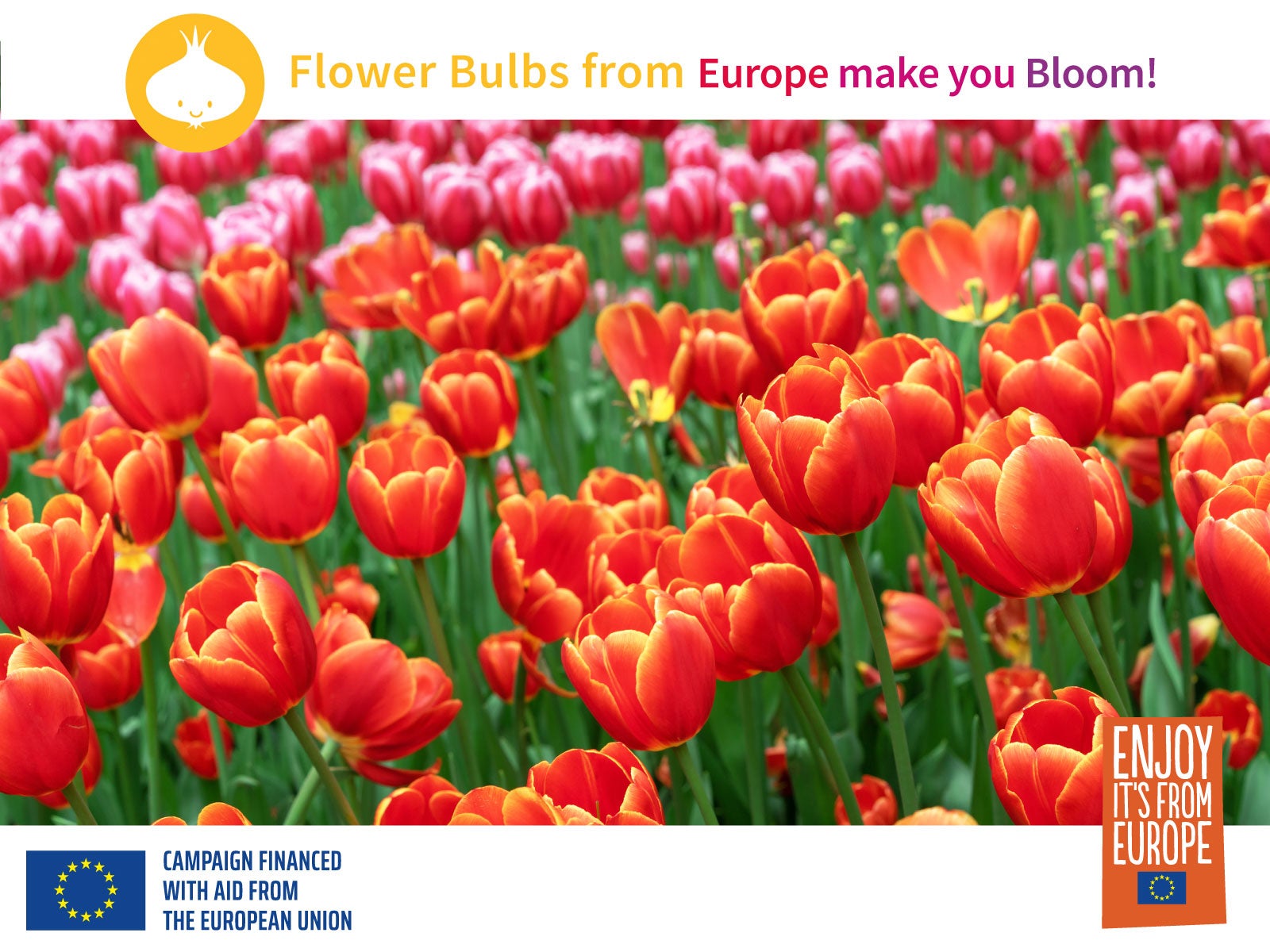 Grow An Early Spring Flowering Bulb Lawn
Grow An Early Spring Flowering Bulb LawnWant a lawn that nourishes pollinators, never needs weeding, and grows more beautiful every year? We have the lawn for you. Click for more.
By Caroline Bloomfield
-
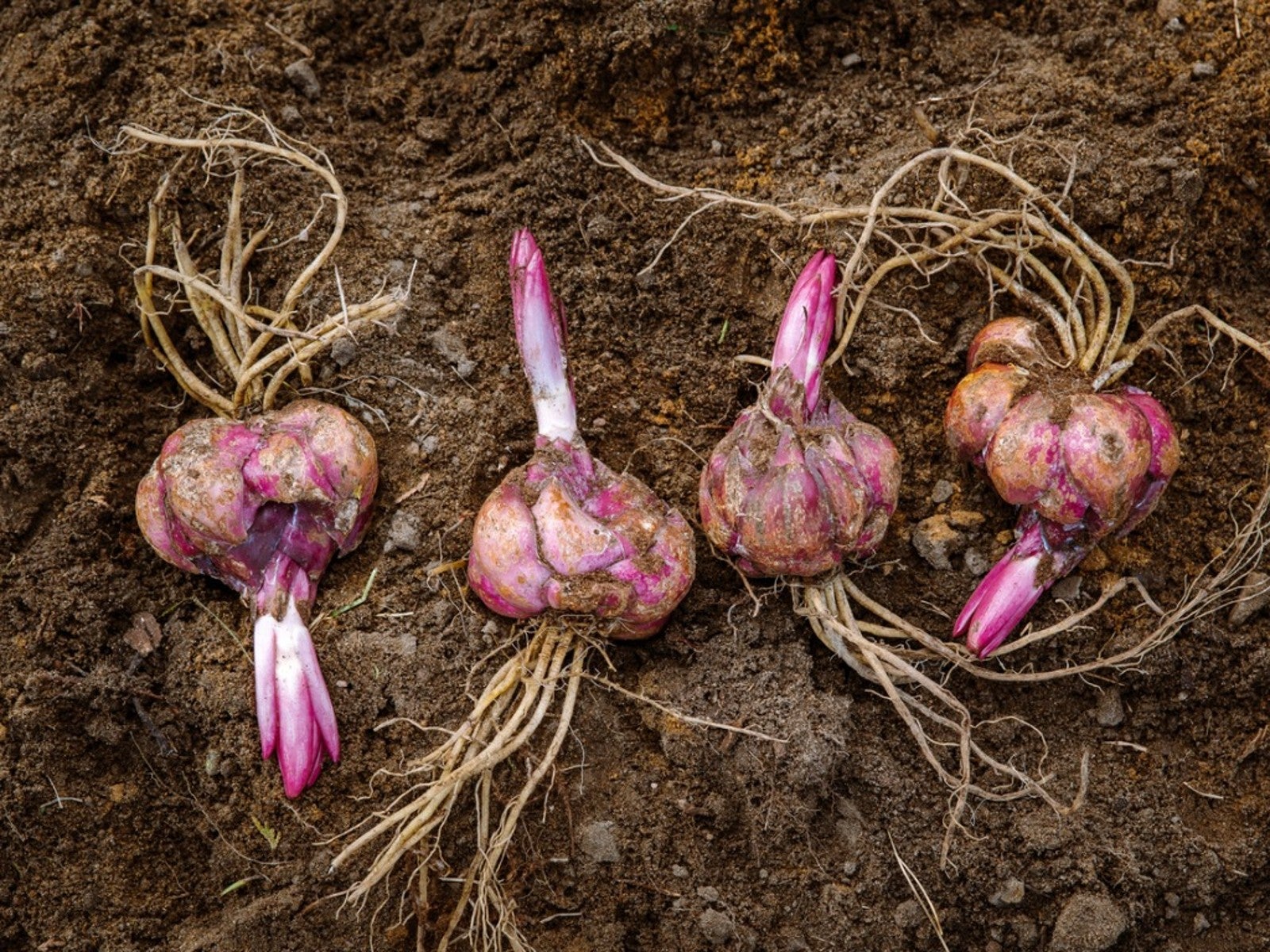 When To Dig Up Bulbs That Bloom In Summer
When To Dig Up Bulbs That Bloom In SummerClick here to learn when to dig up faded summer bulbs of some of the most common ornamentals grown.
By Tonya Barnett
-
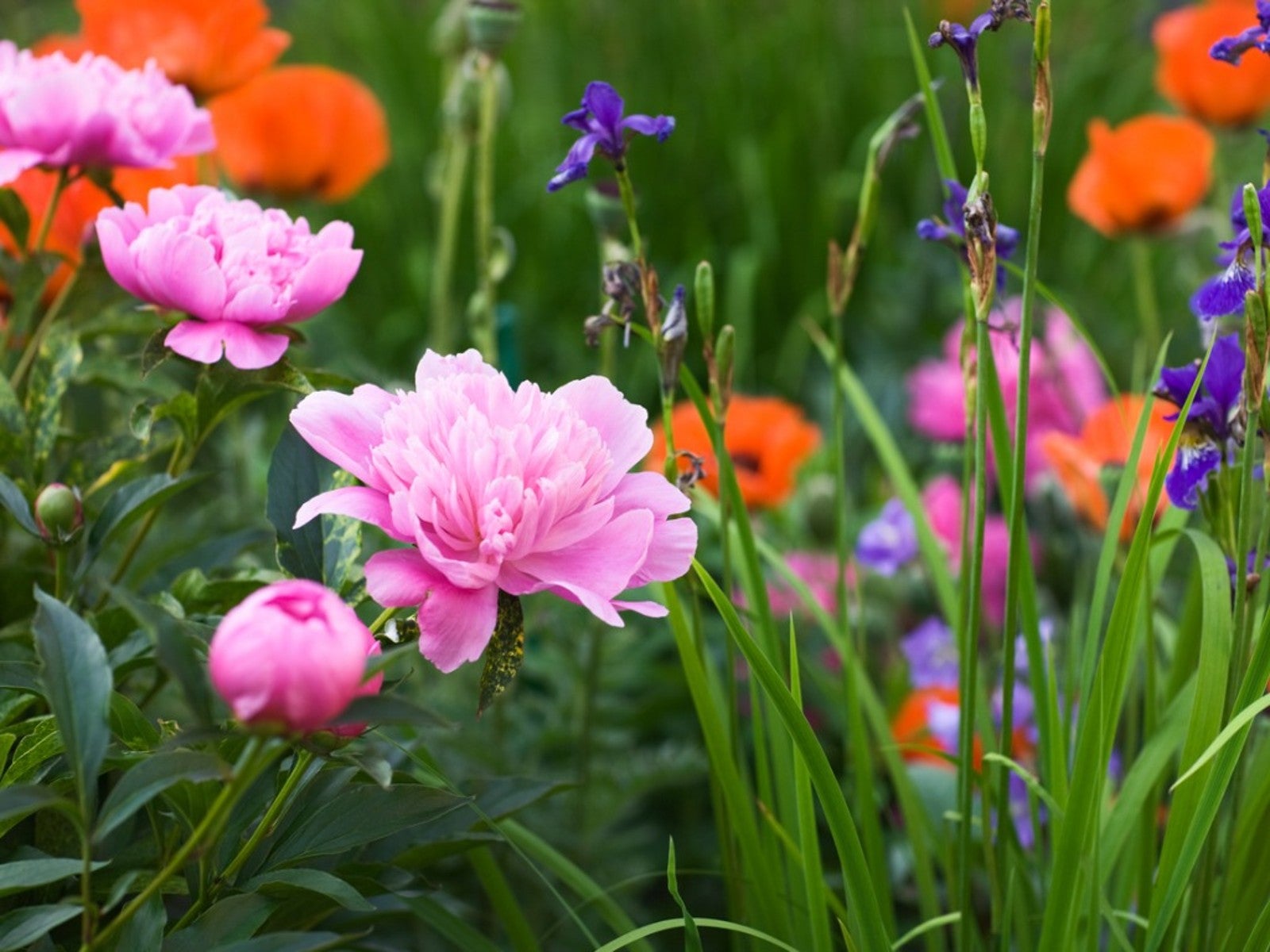 Corms, Tubers, And Bulbs That Are Deer Resistant
Corms, Tubers, And Bulbs That Are Deer ResistantWe love tulips, and so do deer! If you have hungry deer and you hunger for spring blooms, this article should help.
By Amy Grant
-
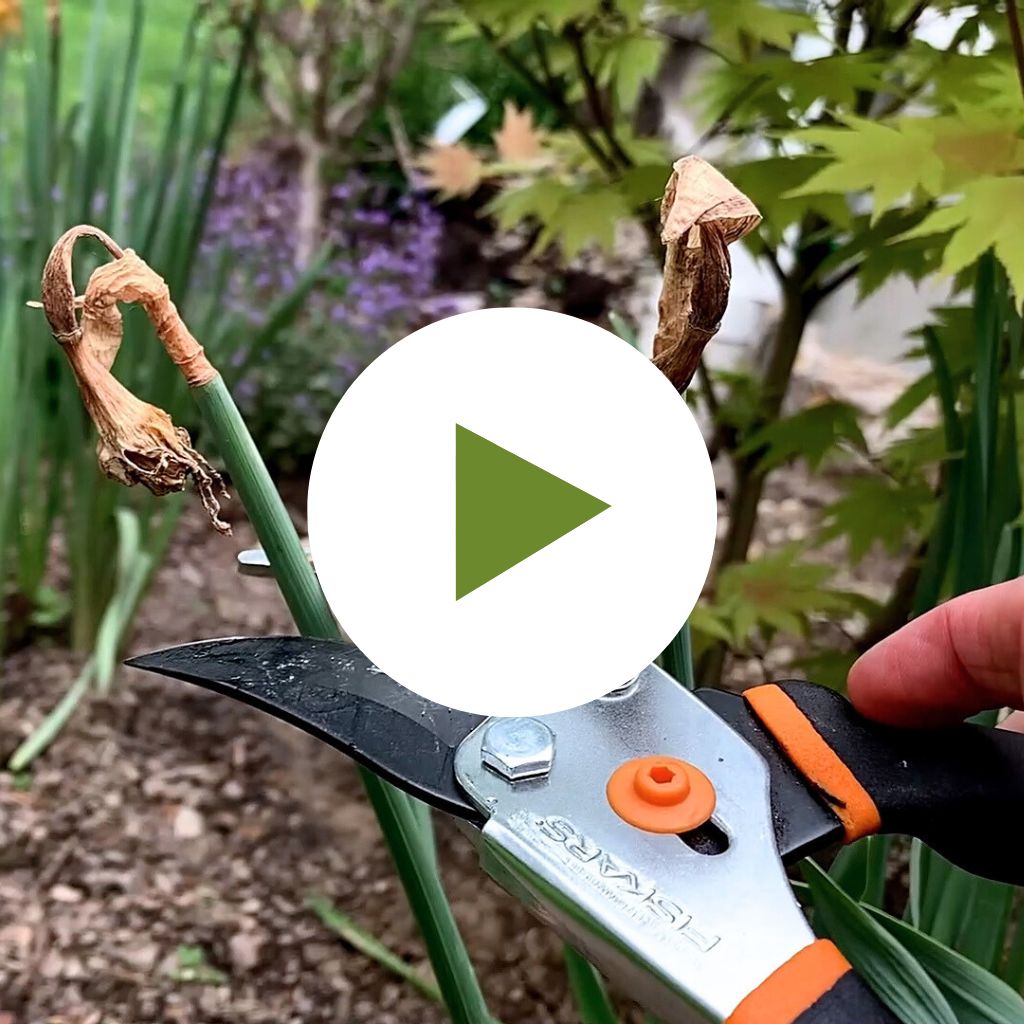 Care for Bulbs After Blooming
Care for Bulbs After BloomingIt's tempting to chop down the leaves after you bulbs have bloomed, but you have to resist this urge! Click to learn why.
By Amy Draiss
-
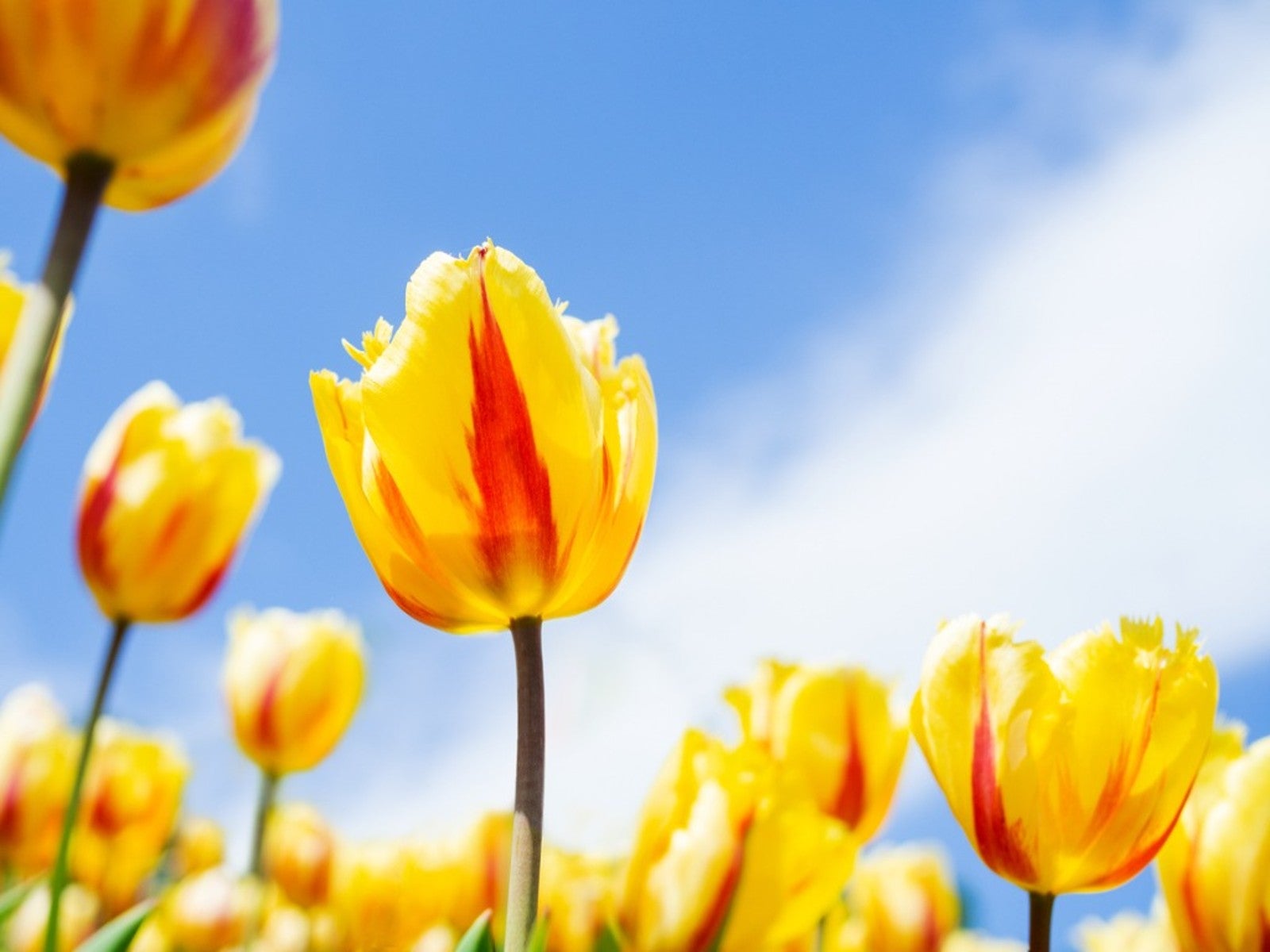 Best Spring Bulbs for Sun and Shade: Bulbs That Grow in Shade and Full Sun
Best Spring Bulbs for Sun and Shade: Bulbs That Grow in Shade and Full SunBulbs are beautiful harbingers of spring. Most flower bulbs thrive in full sun, but what if you have a shaded landscape? Read on for more.
By Amy Grant
-
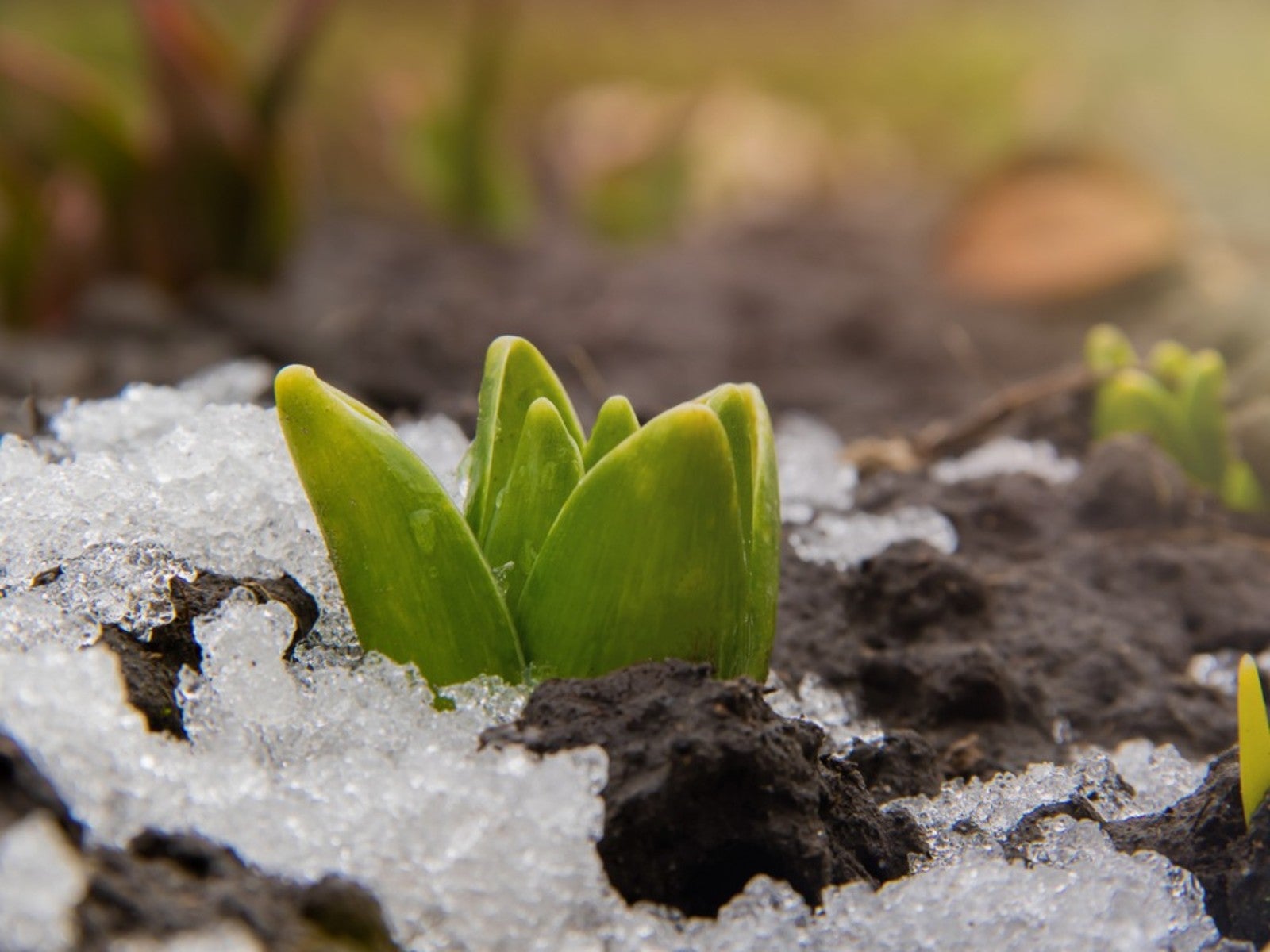 Bulb Life Cycle In Winter: What Bulbs Do For Months Under The Snow
Bulb Life Cycle In Winter: What Bulbs Do For Months Under The SnowDormancy in winter doesn't mean nothing is happening with bulbs. It just means you don't see any growth above the ground. Read on for more.
By Bonnie L. Grant
-
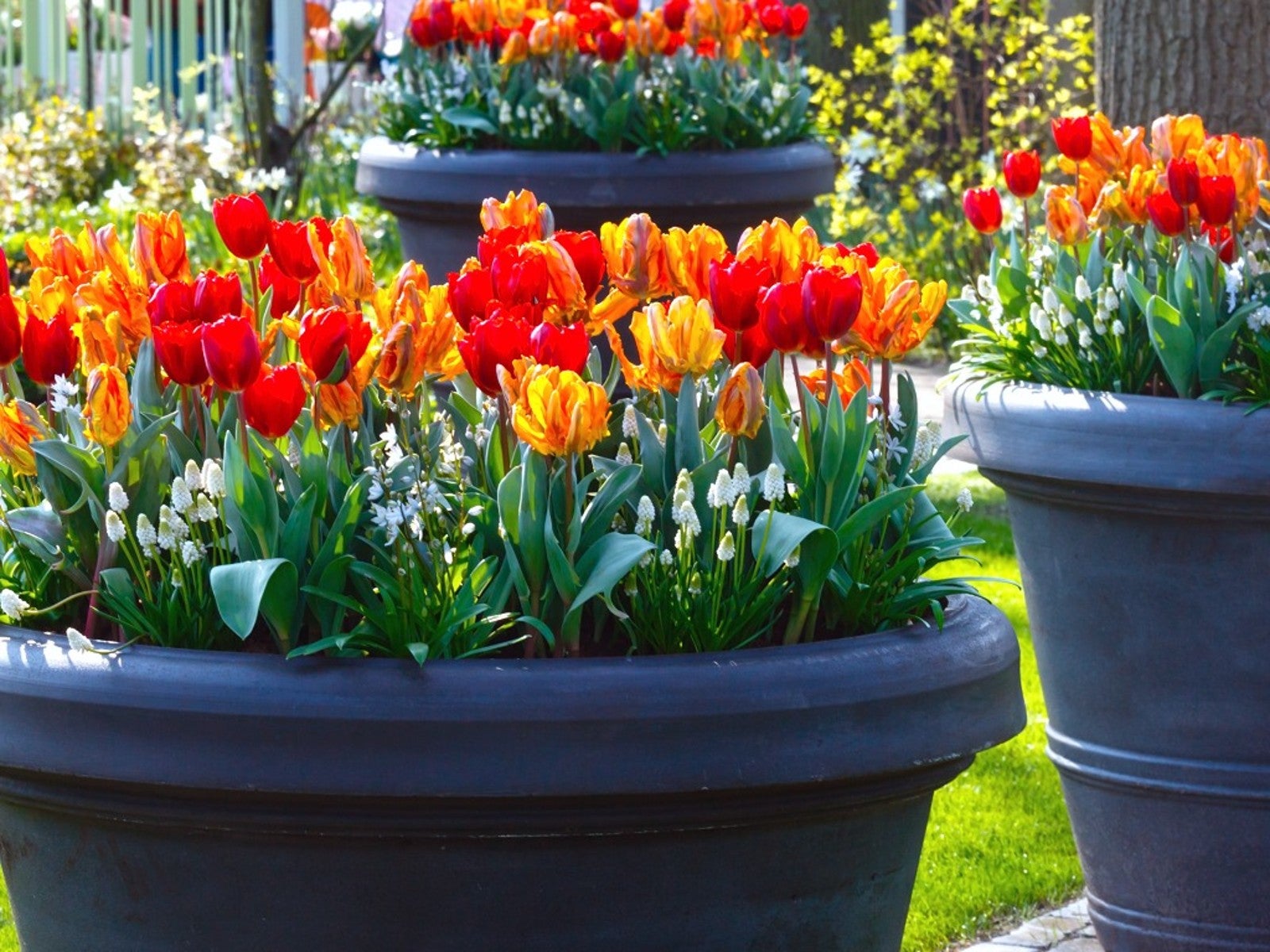 How To Plant Bulbs In Pots - Lasagna Style
How To Plant Bulbs In Pots - Lasagna StylePlanting bulbs in containers is an easy way to create a gorgeous spring porch arrangement, especially when you use the lasagna method.
By Laura Walters